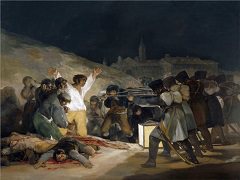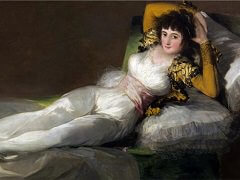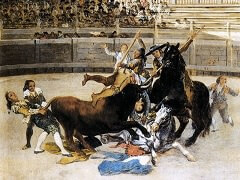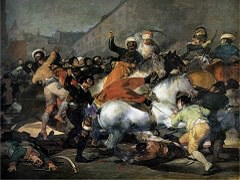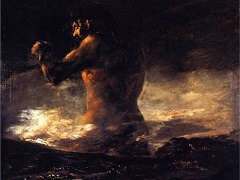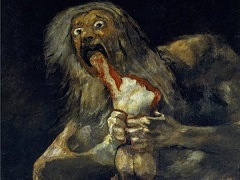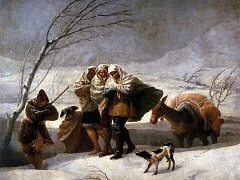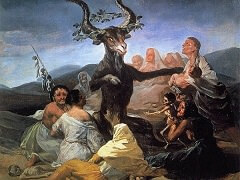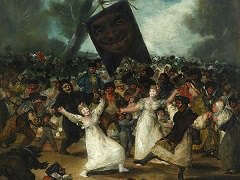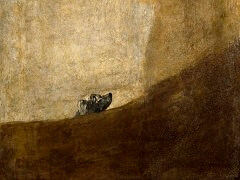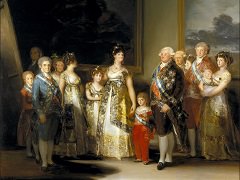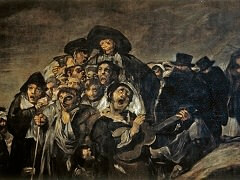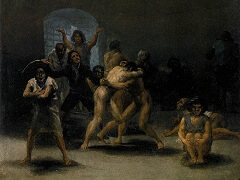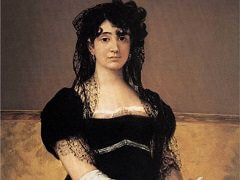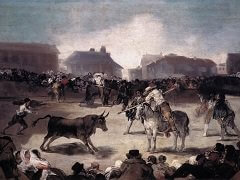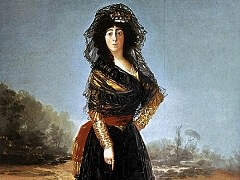Woman Reading a Letter, 1812 by Francisco Goya
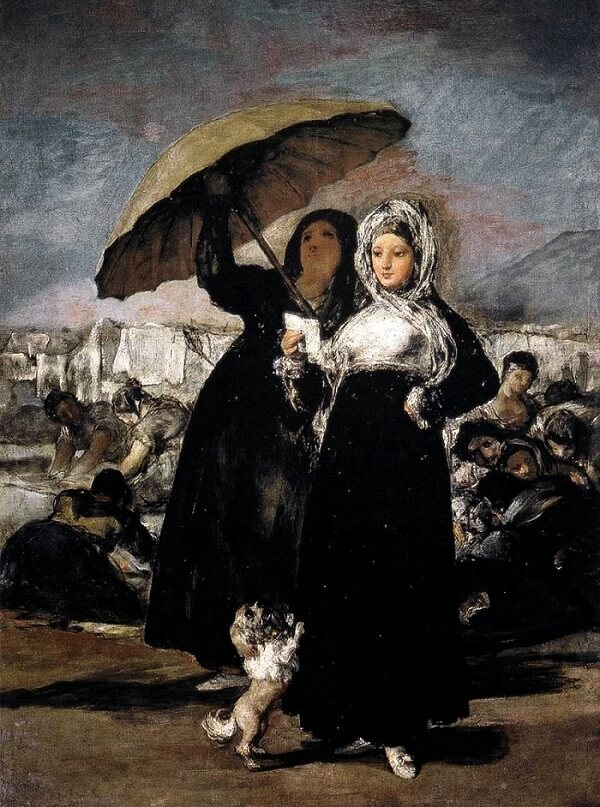
Like many other uncommissioned works, the subject of this painting has been interpreted in various ways and it has borne several descriptive titles. The woman reading the letter has been thought to be a portrait. One critic even suggested that she was the Duchess of Alba (who had died many years before the painting was made), and that she is represented with washerwomen in the background to illustrate a theme of 'Industry and Idleness'.
It has also been suggested that Goya intended this painting as a pendant to Time and the Old Women. The two canvases are almost exactly the same size, were acquired for the Musee des Beaux-Arts, Lille, at the same time and have the same provenance. But there seems to be no obvious connection between the subjects of the two paintings and Time and the O/d Women, which is known to have been in Goya's possession in 1812, is almost certainly a slightly earlier work. There is, in fact, little reason to doubt that the woman reading a letter, standing with her companion and a dog in front of a group of washer-women, is a genre subject like the earlier tapestry cartoons and other decorative paintings. But the composition is less contrived and, as in many-other works, chiefly the uncommissioned ones, it appears to be based on a scene that the artist had witnessed and recorded on the spot or from memory. This was one of four paintings by Goya in the collection of King Louis Philippe which had been obtained in Madrid from Goya's son. It was sold at Christie's, London, in 1853 for �21.

